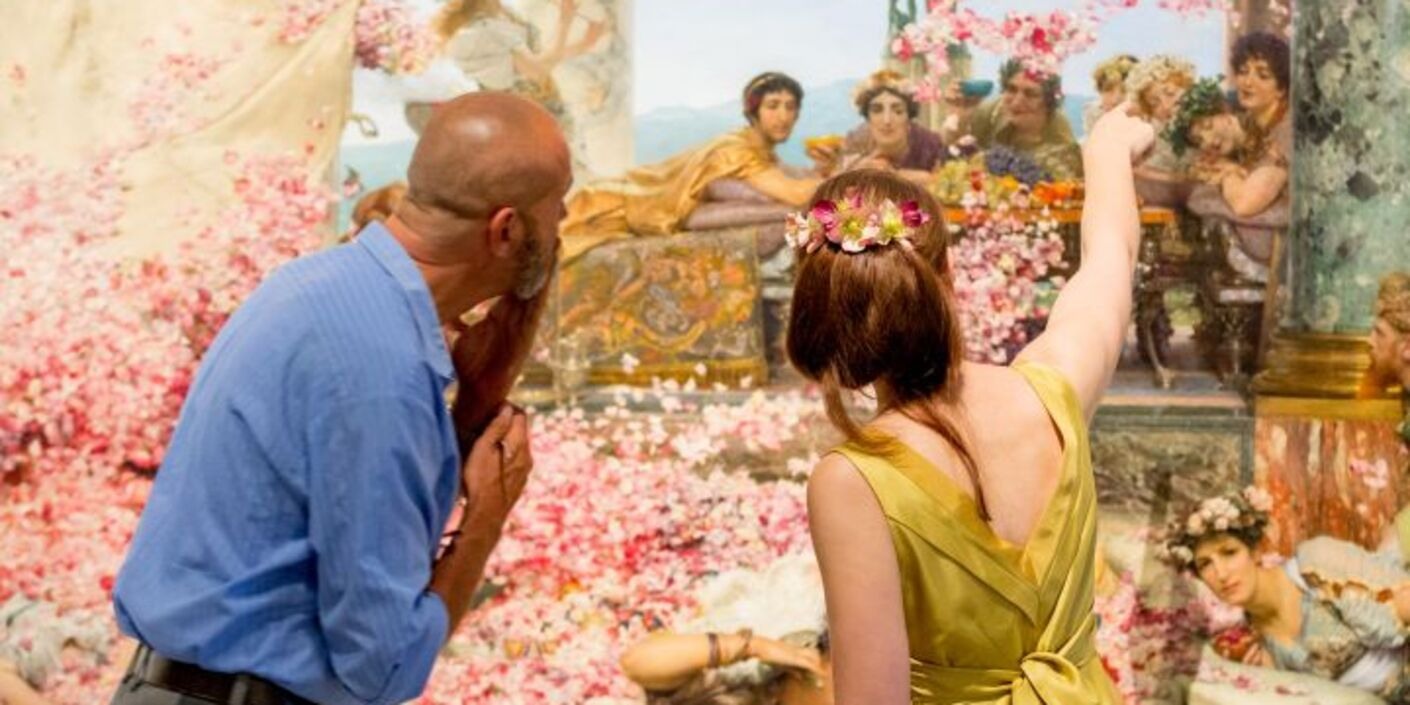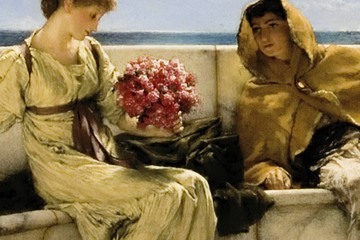Alma-Tadema was the most successful and seductive storyteller of his day. He accomplished this by an innovative use of space in his work. Through his great knowledge of archaeology and classical antiquity he managed to bring the days of ancient Rome to life in paintings. His scenes were received so enthusiastically all over the world that our present image of classical antiquity was influenced by them. In Hollywood too, Alma-Tadema’s interpretation caught on and became the basis for seminal films about this era, from Ben-Hur to Gladiator. His international top pieces and his world now meet in the Museum of Friesland.
from lourens to lawrence
Sir Lawrence Alma-Tadema (Dronryp 1836 - Wiesbaden 1912) grew up in Friesland (as Lourens), studied painting at the Academy of Arts in Antwerp, and then headed to London. There he became one of the most renowned and best paid artists of his time. His sense of spatiality, his love of theatre, his intuition in choosing the right friends, his fabulous technique and his archaeological knowledge made him so successful. In 1899 he was knighted, which entitled him to write Sir in front of his name. His work was also sold to America, ending up in the collections of the wealthiest individuals of that time, such as William H. Vanderbilt.
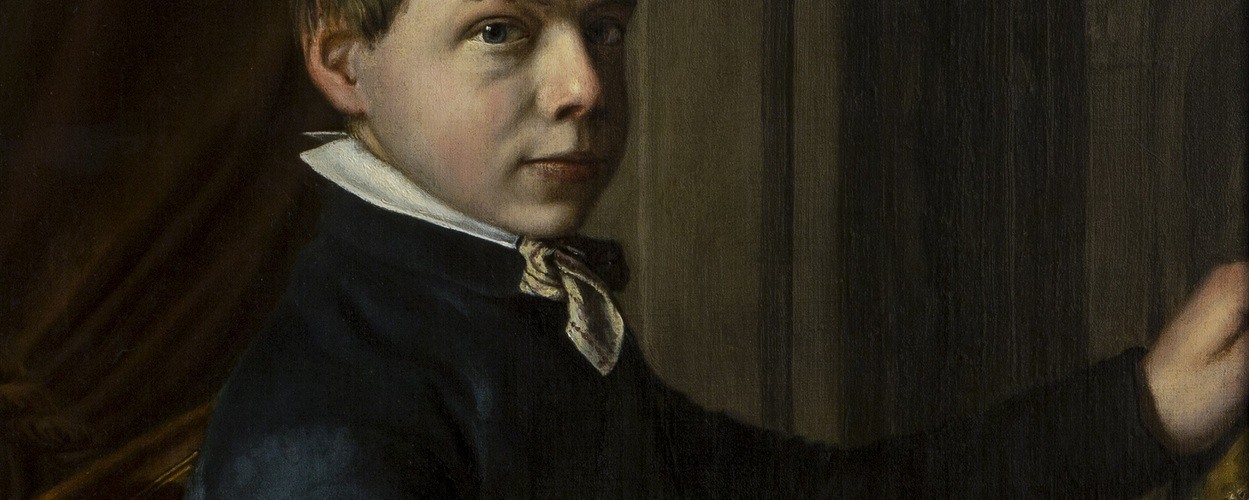
staging antiquity
His painted scenes appeal to the imagination and are totally convincing. Even though we may not be aware of it, our picture of Roman antiquity has been largely defined by Alma-Tadema. The exhibition explores how this came to be by very closely following Alma-Tadema’s personal life and artistic career.
tadema meets hollywood
No one could paint as convincingly as Alma-Tadema, so it is hardly surprising that Hollywood and Cinecittá were only too eager to convert his paintings into moving images for their Roman spectacles. Those early directors were after all looking for a visual language for the new mass medium of film and Alma-Tadema provided them with the blueprint for it. And this continues on to this day. Director Ridley Scott studied Alma-Tadema when making his successful films Gladiator (2000) and Exodus (2014). Scott’s production designer, Arthur Max, sees Alma-Tadema as someone who shows us Rome as we want it to appear, not necessarily as it really was.
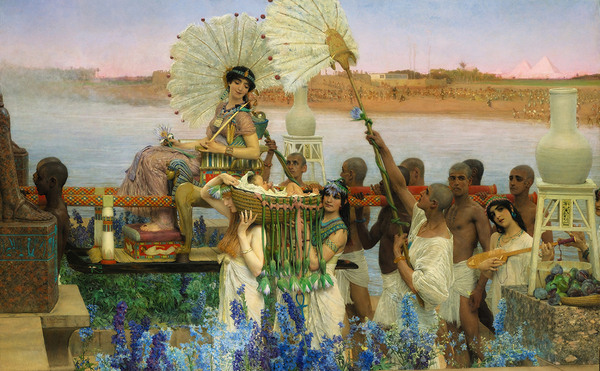

storytour
Alma-Tadema’s paintings bring stories from classical antiquity to life. But what stories does he actually tell and what symbolism lies behind the objects we see in his work? In a lively audio tour you will learn everything about the seventeen highlights of this exhibition. You can choose which paintings you want to hear about, which means you can walk freely through the exhibition. The storytour is also available in English for just €1,-.
turing foundation
The Museum of Friesland has won the Turing Toekenning 2015 for the exhibition about Alma-Tadema. The Turing Foundation awards this prize with a value of 500.000 euro once every two years for the best exhibition plan of a Dutch museum.
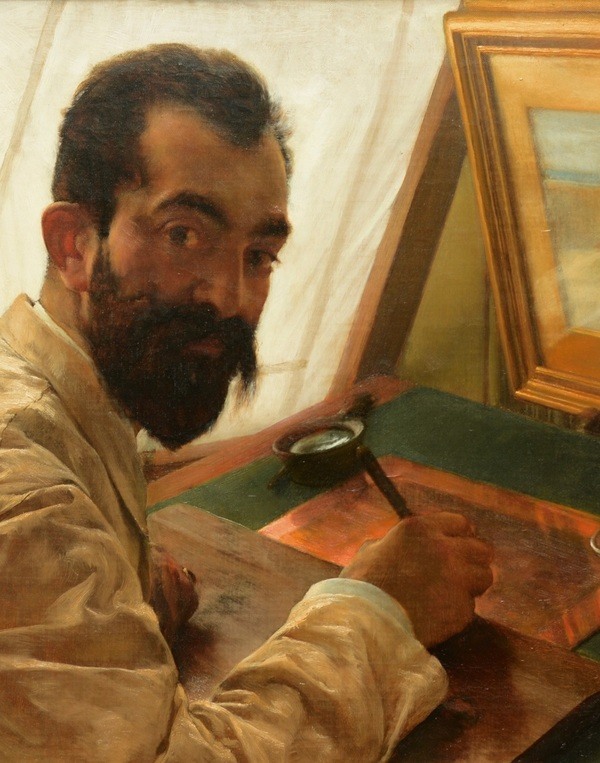
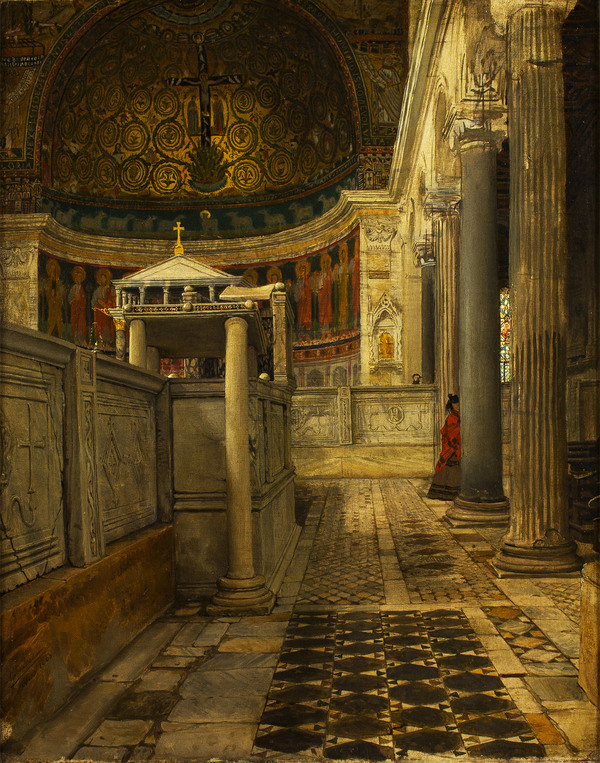
The exhibition about Sir Lawrence Alma-Tadema is made possible by thegenerous support of the Turing Foundation, the Provincie Fryslân, BankGiro Loterij, Mondriaan Fund, VSBFonds, Prins Bernhard Cultuurfonds, Stichting Woudsend Anno 1816, Nelleke Nix Studio Gallery Press Inc., Friends of the Frisian Museum, Wassenbergh-Clarijs-Fontein Stichting, Gifted Art, Het Nieuwe Stads Weeshuis and Stichting Fonds voor de Geld- en Effectenhandel. It is also supported by the Dutch Government: an indemnity grant has been provided by the Cultural Heritage Agency of the Netherlands on behalf of the Minister of Education, Culture and Science and the Minister of Finance.
The exhibition Alma-Tadema: Classical Charm is part of Leeuwarden-Fryslân European Capital of Culture 2018.The Frisian Museum realised the exhibition and accompanying film programme in collaboration with EYE Filmmuseum and Slieker Film.
The book accompanying the exhibition has been published by Prestel (Munich) in three separate language editions: Dutch, English, and German. The Isaacson-Draper Foundation has generously supported the realization of this publication.
The Museum of Friesland is co-funded by Ir. Abe Bonnema Foundation, the Provincie Fryslân, Samenwerkingsverband Noord-Nederland, EZ/Kompas and BankGiro Loterij.

